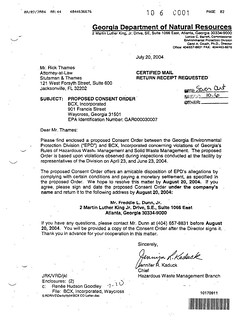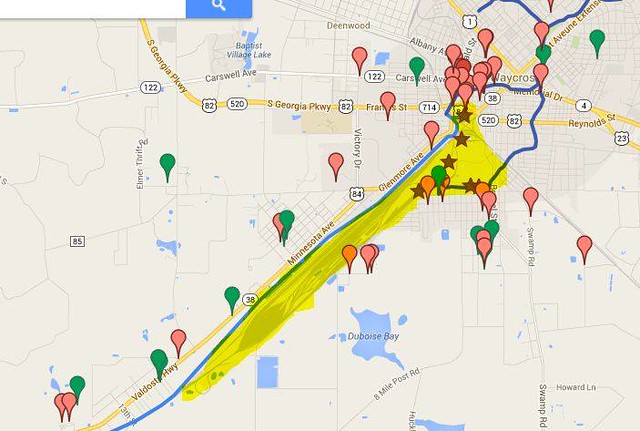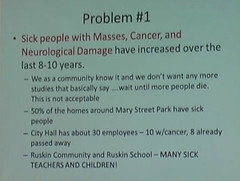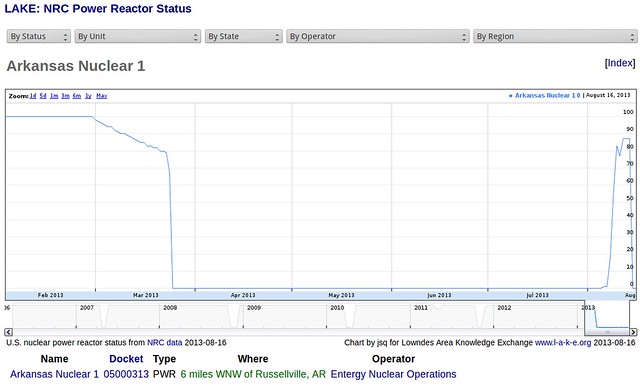 Now
EPA is convinced that the public wants answers, after dozens of citizens
turned out to ask questions at
Waycross City Hall 14 November 2013.
A study of contamination sampling is in peer review,
and
GA EPD and
GA Health Dept. are also involved.
Citizens and
silentdisaster.org and
Satilla Riverkeeper and
WWALS Watershed Coalition are watching.
Now
EPA is convinced that the public wants answers, after dozens of citizens
turned out to ask questions at
Waycross City Hall 14 November 2013.
A study of contamination sampling is in peer review,
and
GA EPD and
GA Health Dept. are also involved.
Citizens and
silentdisaster.org and
Satilla Riverkeeper and
WWALS Watershed Coalition are watching.

Matthew J. Huyser, EPA (l. standing blue shirt),
Jim Brown, GA EPD (c. standing white shirt),
Ashby Nix, Satilla Riverkeeper (facing Brown, paper in hand),
Joan Martin McNeal, silentdisaster.org (r. in group)
 Roger Naylor, Public Relations Director for Southeast Health District,
is quite familiar with
Janet McMahan’s discovery of arsenic in groundwater
and says Continue reading
Roger Naylor, Public Relations Director for Southeast Health District,
is quite familiar with
Janet McMahan’s discovery of arsenic in groundwater
and says Continue reading










